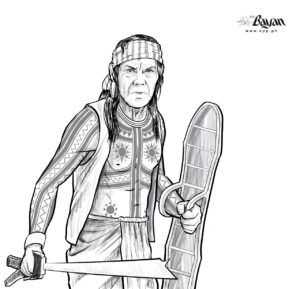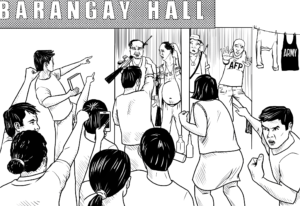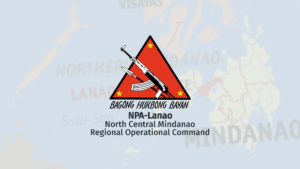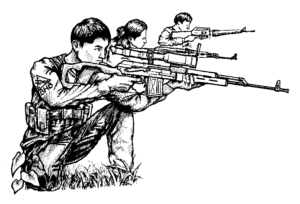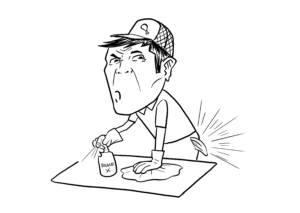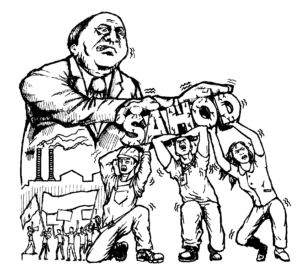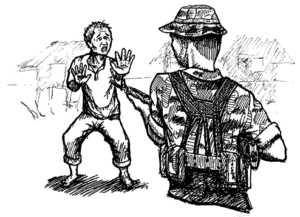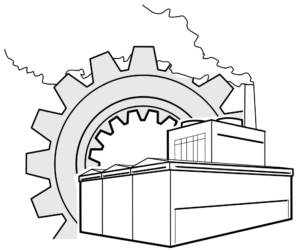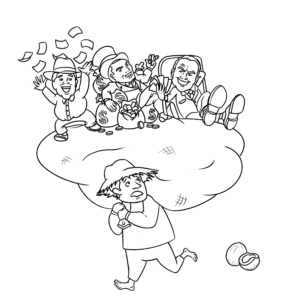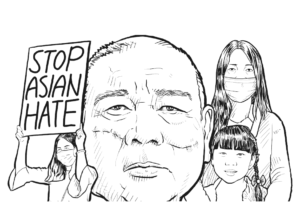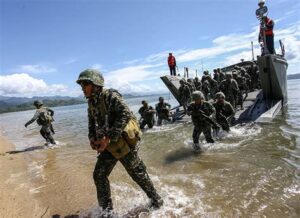Celebrate five centuries of armed resistance

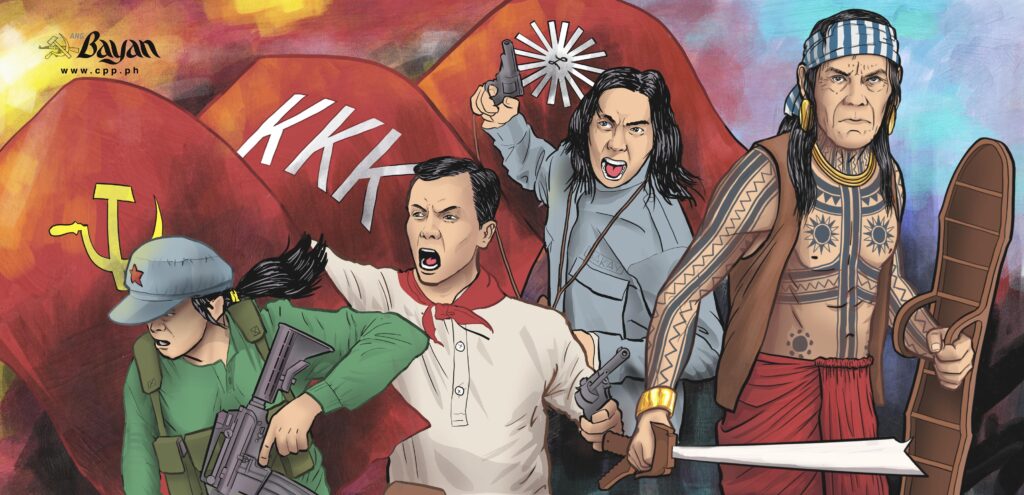
At dawn of April 27, 2021, let us mark the 500th year of the Battle of Mactan, the first victory in the Filipino people’s long and continuing history of armed resistance for national freedom. Let us salute Datu Lapulapu and the thousands who stood and vanquished the foreign armed oppressors led by Ferdinand Magellan.
The Battle of Mactan is a stark symbol of the valiant stand and resistance of indigenous Filipinos. They chose to bear arms and defend instead of bowing and paying tributes to a foreign king. They used their superiority in numbers and mastery of their land and sea to render useless their enemy’s firepower and frustrate the attempted occupation.
Through armed resistance, Lapulapu defended their land against the Spanish forces and such traitors as Humabon and Zula. Although Spain would later colonize the Philippines, the valor displayed by Lapulapu will forever serve as inspiration to the following generation of Filipinos who rose up in arms to fight for freedom against foreign aggressors.
At various stages of foreign colonial rule, Filipinos took up arms and fought oppression and exploitation. They resisted the land grabbing, payment of tributes, seizure of crops, forced labor and cruel punishments. They produced heroes such as Lakandula, Rajah Sulayman, Palaris, Diego and Gabriela Silang, Francisco Dagohoy and thousands of others. They all were imbued with the indubitable spirit of Lapulapu and his aspiration to be free from foreign powers.
From the hundreds of revolts in more than three centuries of Spanish colonialism, Filipinos in time rose as one under the red banner of the Katipunan led by Andres Bonifacio. They waged widespread guerrilla warfare against the colonial Spanish forces and liberated the nation from foreign control. Just as there were Humabons who bowed to Magellan, there was Aguinaldo and the rich illustrados who betrayed the nation and bowed to the colonial forces of America who forcibly took away the country’s freedom.
From Batangas to Balangiga in Samar and other parts of the country, Filipinos rose with their guns and daggers. Filipinos fought valiantly even if they were brutally suppressed by the US forces using their superior weapons. More than a million Filipinos died in the course of armed anti-colonial resistance and as a result of widespread hunger and disease during the war of pacification in the first years of the 1900s.
The Filipino people’s armed struggle will resurge under the leadership of the old Communist Party of the Philippines established in 1930. The PKP established the Hukbong Bayan Laban sa Hapon (Hukbalahap, or the Anti-Japanese People’s Army) in 1942 that waged guerrilla warfare against the Japanese colonial forces. As in the past armed revolts, the Hukbalahap was principally a peasant army that spread in the countryside and established organs of governance in the entire Central Luzon and deployed units in Manila, Southern Luzon up to Panay and other places.
The old Party and Hukbalahap persevered in armed resistance against fascist Japan even after the US-led forces surrendered and American troops withdrew in 1942. The US military forces returned in 1945 to reimpose their colonial rule through bombings, treacherous attacks against the Huk and relentless counterguerrilla operations. Because of the errors of leaders of the old Party who collaborated with the enemy, the Hukbalahap (later the Hukbong Mapagpalaya ng Bayan or People’s Liberation Army) was led to the path of defeat or surrender to the US puppet regime.
The New People’s Army established in 1969 took up the cudgels of Lapulapu and continued the Filipino people’s armed struggle for national and social liberation. Led by the Party reestablished in 1968 under the guidance of Marxism-Leninism-Maoism, the NPA has brought the armed struggle to a new level and strength never reached before in the nation’s history. It is carrying forward the people’s democratic revolution under proletarian leadership, bringing the Katipunan’s old democratic revolution to a higher stage.
The Filipino people’s armed struggle has spread nationwide. It follows the strategic line of protracted people’s war to systematically strengthen the people’s army, overcome in time the bigger and stronger US-supported Armed Forces of the Philippines, and overthrow the class rule of the imperialists, the big bourgeois compradors and big landlord class.
Like the NPA, all the Filipino armed revolutions in the past were vilified by the oppressors. They were called “bandits” or “insurectos.” Surely, if Lapulapu or others who took up arms and rose were alive today, they too will be branded “terrorists” by those who fear and oppose the armed people.
The Filipino people’s desire for national liberation which incited successive generations over past centuries to bear arms remain the key objective that continues to rouse them to continue the march along the road of armed resistance. In fighting the imperialist giant and all its tentacles, the Filipino people and their Red fighters draw inspiration from the armed valor of Lapulapu and their victory at the Battle of Mactan. Filled with the spirit of armed heroism of all past heroes, the NPA and all forces of the people’s democratic revolution are ever determined to carry forward the struggle to attain genuine national freedom and democracy.

